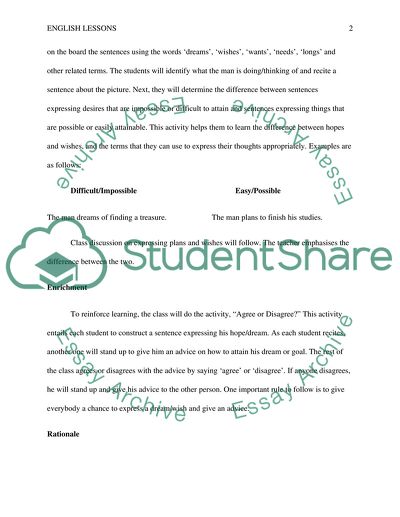Cite this document
(“Teaching and Learning- English Literacy Assignment - 2”, n.d.)
Retrieved from https://studentshare.org/literature/1617791-teaching-and-learning-english-literacy
Retrieved from https://studentshare.org/literature/1617791-teaching-and-learning-english-literacy
(Teaching and Learning- English Literacy Assignment - 2)
https://studentshare.org/literature/1617791-teaching-and-learning-english-literacy.
https://studentshare.org/literature/1617791-teaching-and-learning-english-literacy.
“Teaching and Learning- English Literacy Assignment - 2”, n.d. https://studentshare.org/literature/1617791-teaching-and-learning-english-literacy.


